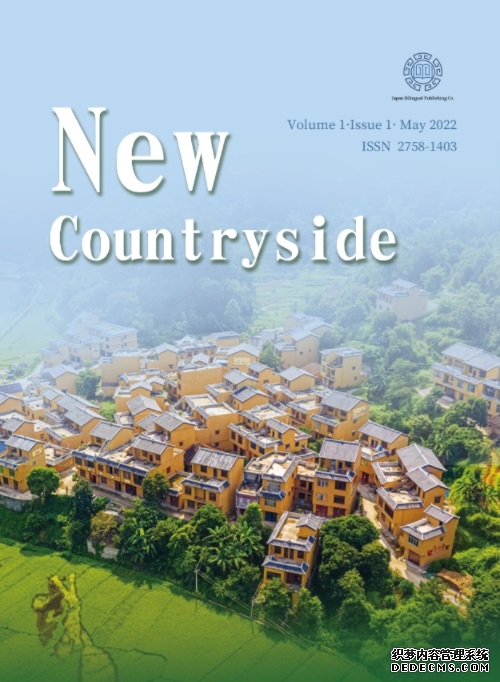Embracing the New Countryside: A Vision for Sustainable Rural Development
As the world grapples with urbanization and its associated challenges, the concept of the “new countryside” is gaining traction as a blueprint for sustainable rural development. This innovative approach seeks to revitalize rural areas, blending modern amenities with traditional values to create vibrant, self-sustaining communities. Here, we explore the key components of the new countryside and how it promises to reshape the rural landscape.
Redefining Rural Living
The new countryside goes beyond the conventional image of rural areas as sleepy, agrarian communities. It envisions a dynamic environment where agriculture coexists with technology, education, and cultural development. This holistic approach aims to provide rural residents with opportunities and amenities that rival those found in urban centers, thereby reducing the migration to cities and fostering local growth.
Sustainable Agriculture
At the heart of the new countryside is sustainable agriculture. This involves adopting practices that protect the environment, enhance soil health, and promote biodiversity. Techniques such as organic farming, agroforestry, and permaculture are central to this vision. By prioritizing sustainability, the new countryside aims to ensure food security, improve farmers’ livelihoods, and reduce the ecological footprint of agricultural activities.
Smart Technology Integration
The integration of smart technology is a cornerstone of the new countryside. From precision farming tools that optimize crop yields to renewable energy solutions like solar and wind power, technology is transforming rural life. High-speed internet connectivity enables access to online education, telemedicine, and remote work opportunities, making rural areas more attractive to a younger, tech-savvy population.
Infrastructure Development
Modern infrastructure is essential for the success of the new countryside. This includes not only physical infrastructure like roads, bridges, and housing but also social infrastructure such as schools, healthcare facilities, and community centers. Investing in infrastructure ensures that rural residents have access to essential services and can lead a quality life comparable to their urban counterparts.
Cultural and Educational Initiatives
Preserving and promoting local culture is another key aspect of the new countryside. Cultural initiatives, such as festivals, crafts, and traditional music, help maintain a community’s unique identity while fostering a sense of pride and belonging. Additionally, educational programs tailored to rural needs, including vocational training and agricultural education, empower residents with the skills required to thrive in a modern economy.
Economic Diversification
Economic diversification is crucial for the sustainability of rural areas. The new countryside encourages the development of various industries beyond traditional agriculture. These can include eco-tourism, artisanal crafts, renewable energy, and small-scale manufacturing. By creating a diverse economic base, rural communities become more resilient to market fluctuations and external shocks.
Community Engagement
The success of the new countryside hinges on active community engagement. Local residents must be involved in decision-making processes, ensuring that development initiatives align with their needs and aspirations. Empowering communities to take ownership of their development fosters a sense of responsibility and ensures that projects are sustainable and impactful.
Environmental Stewardship
Environmental stewardship is a fundamental principle of the new countryside. Protecting natural resources, conserving wildlife habitats, and promoting sustainable land use practices are essential for maintaining the ecological balance. Initiatives such as reforestation, wetland restoration, and sustainable water management contribute to a healthier environment and enhance the overall quality of life for rural residents.
Conclusion
The new countryside represents a forward-thinking approach to rural development, emphasizing sustainability, innovation, and community well-being. By integrating modern technology, sustainable practices, and cultural preservation, this vision seeks to create thriving rural communities that offer a high quality of life. As we look to the future, the new countryside serves as a beacon of hope, demonstrating that with the right strategies, rural areas can flourish and contribute significantly to a balanced and sustainable world.




